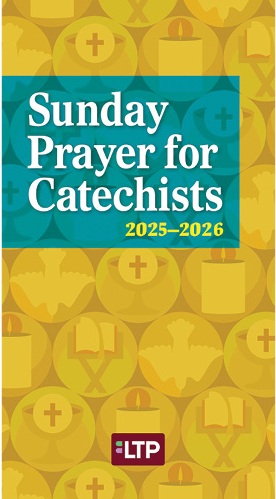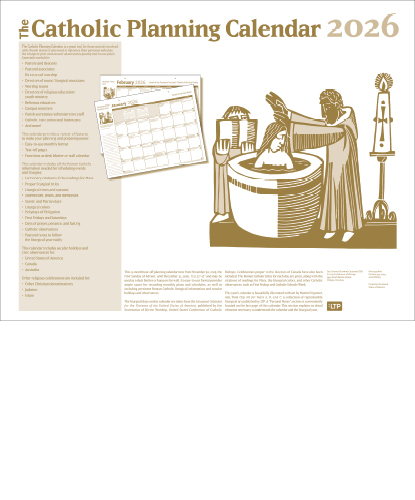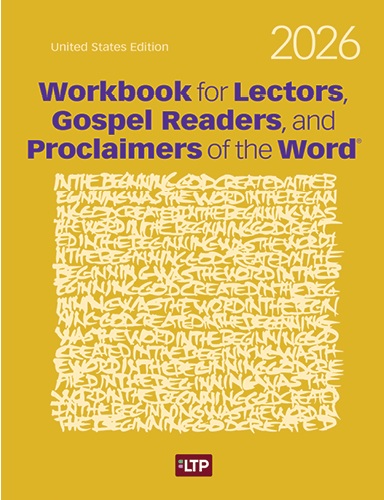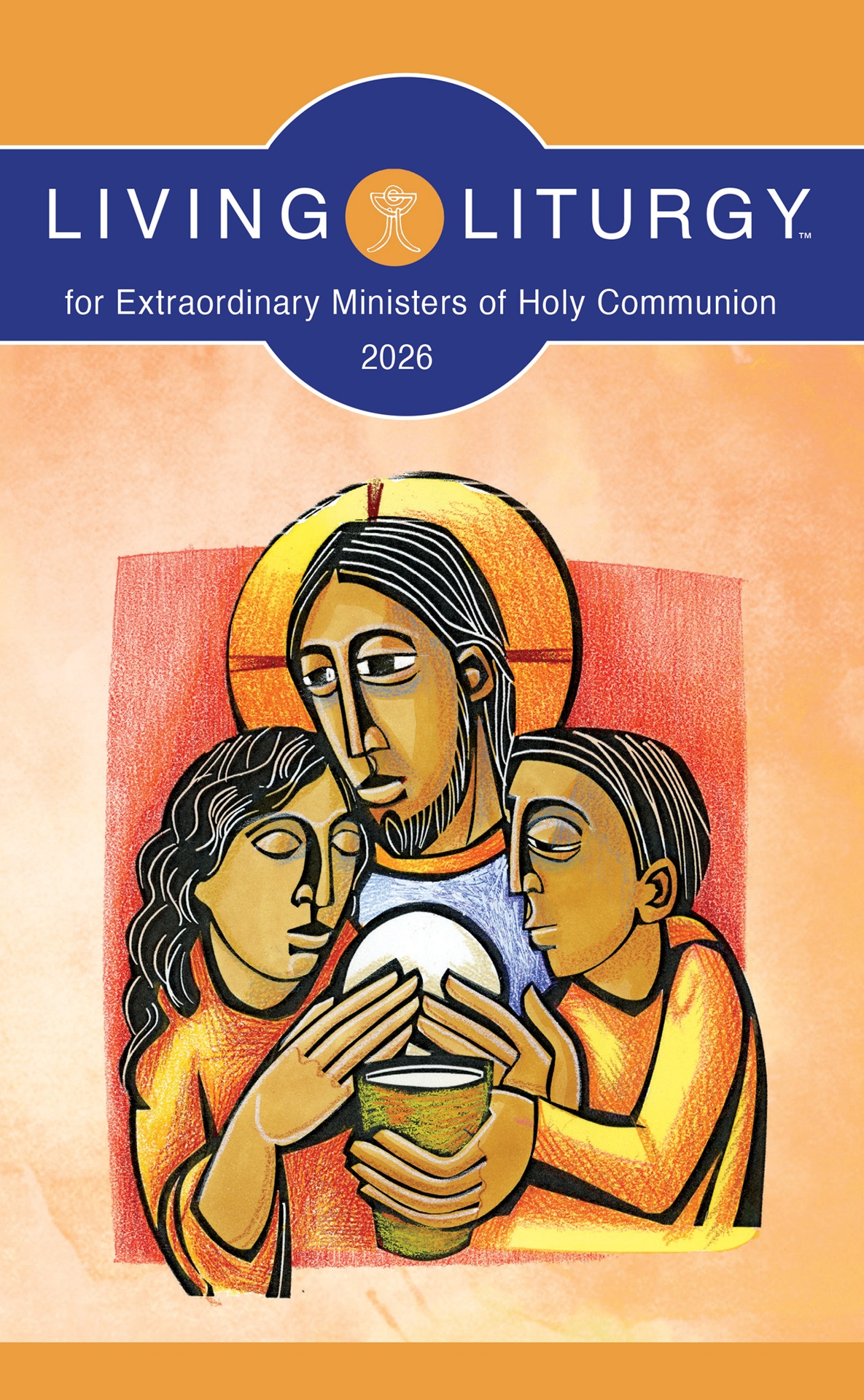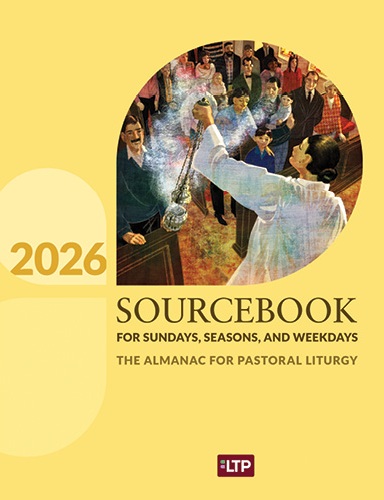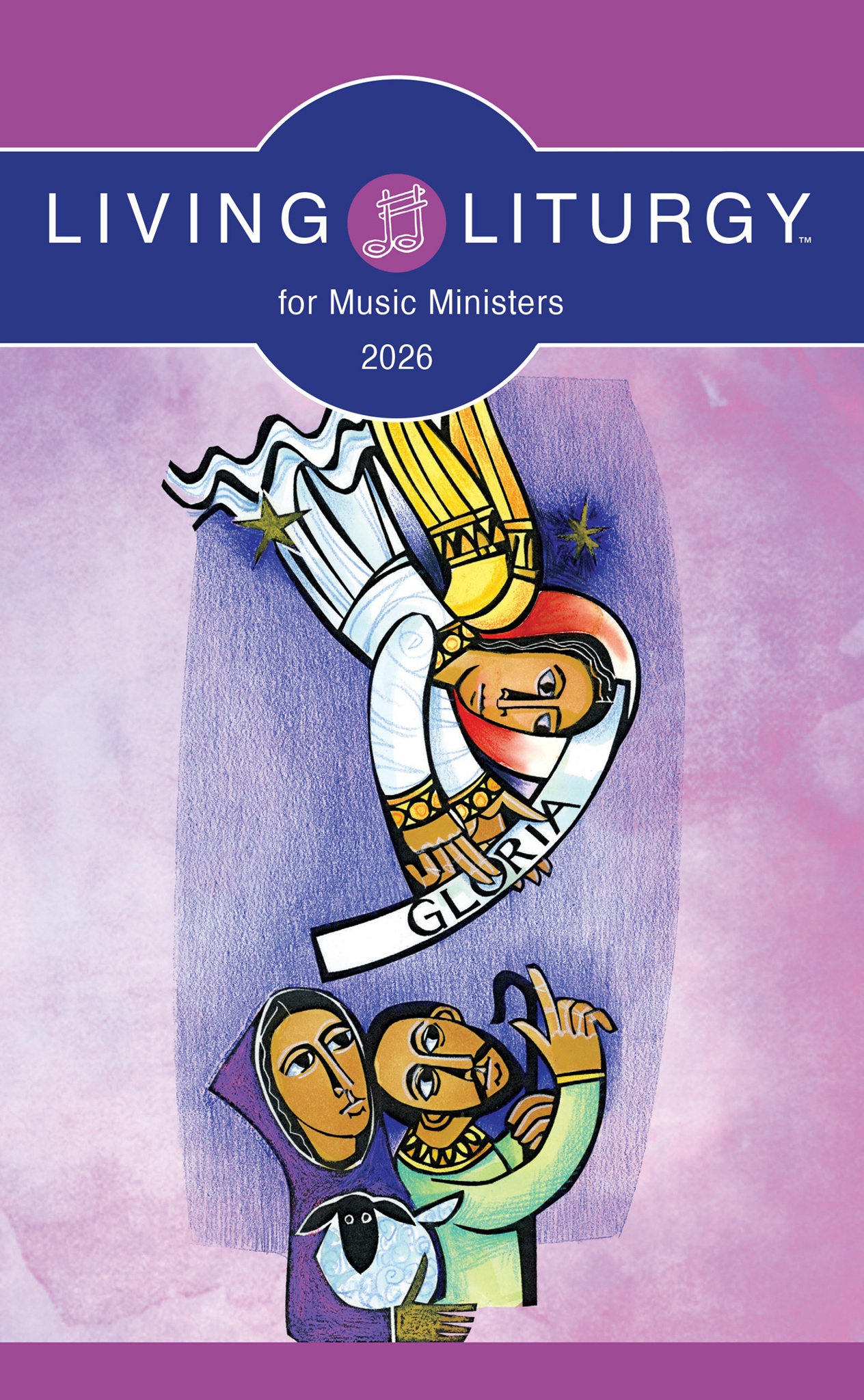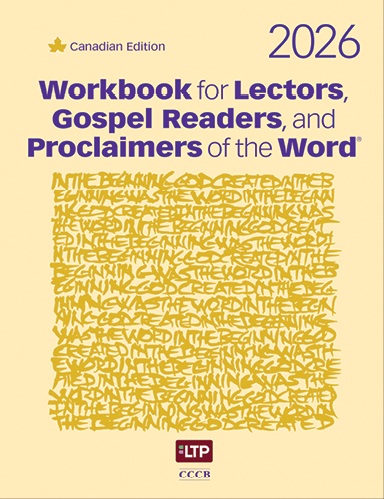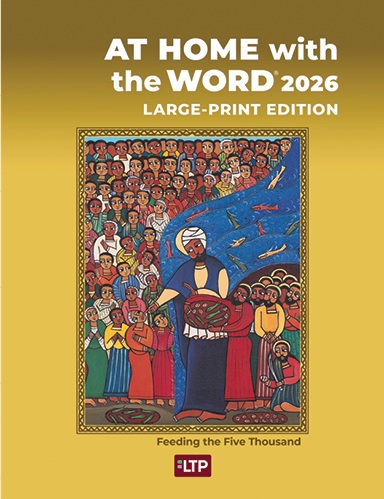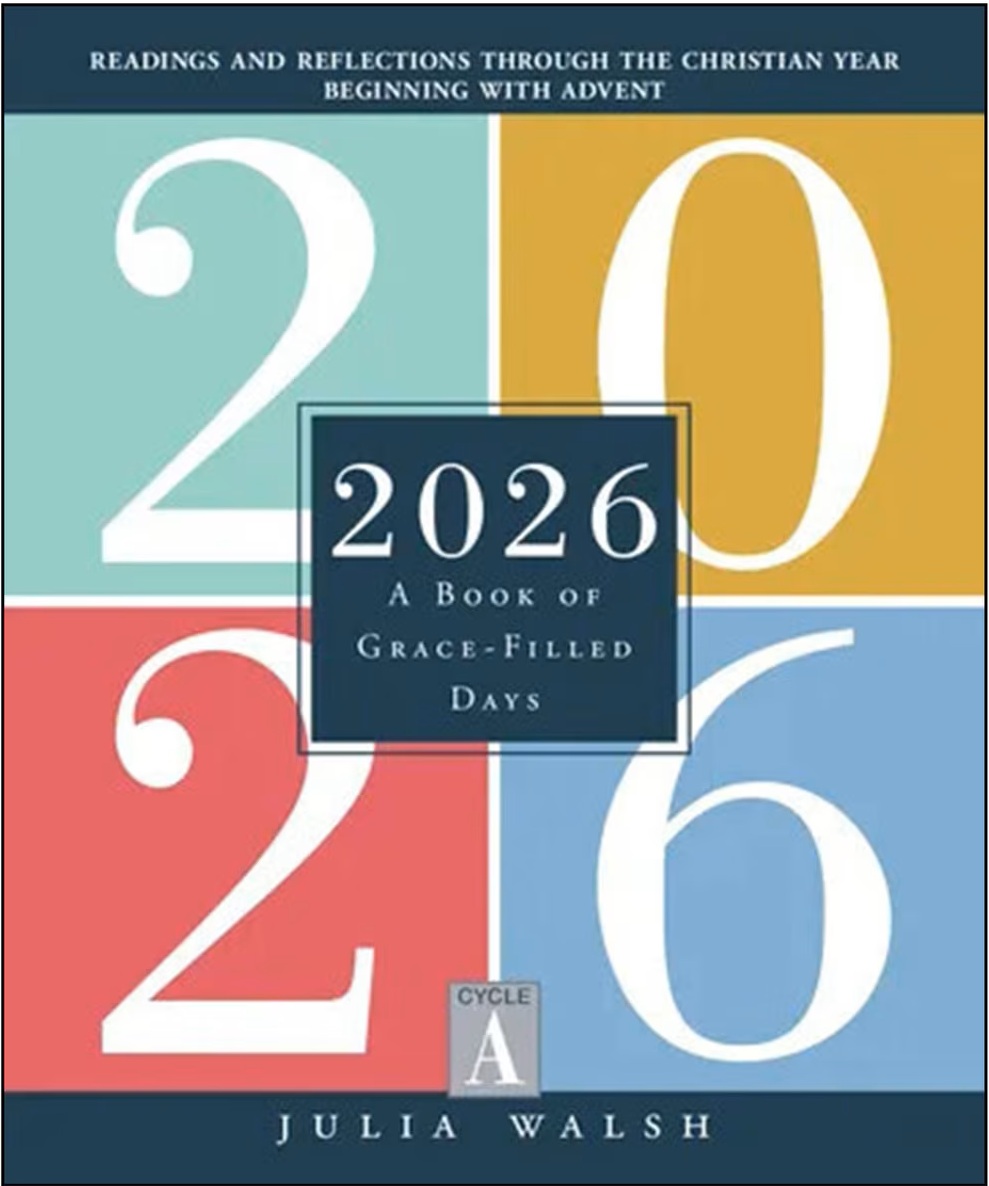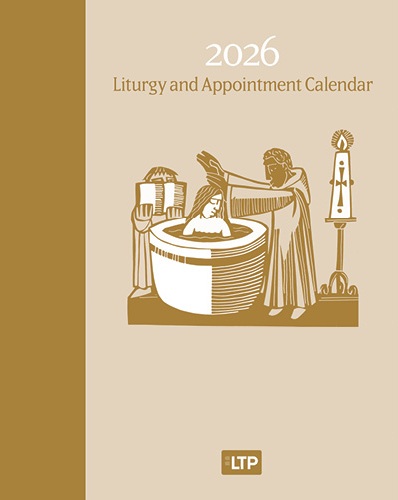In 1923, Romano Guardini’s Liturgie und Liturgische Bildung was published in German and later in Italian. For the first time, this overlooked but foundational resource is available in English. In Liturgy and Liturgical Formation, Guardini presents the specific task of the liturgy, and by extension, the ways in which the liturgy forms us to respond to sacramental signs and to understand our place in the community. Pope Francis drew upon Guardini’s insights from Liturgy and Liturgical Formation in his recent apostolic letter, Desiderio Desideravi, highlighting how, as Guardini wrote, the liturgy forms us “to relate religiously as fully human beings.”
Guardini’s efforts to shine a light on liturgical formation continue to this day. The ongoing formation and education of the assembly is essential, and Liturgy and Liturgical Formation provides a lens through which this formation can be realized. Despite the changing times, Guardini’s insights continue to have value for how liturgical formation can enrich our celebration and participation in the liturgy.
Romano Guardini (1885-1968) was one of the greatest Catholic minds of the twentieth century. He helped shape Catholic theology between the two world wars and after, as well as the thinking of many non-Catholics of the period. His influence contributed to the reforms of the Second Vatican Council and it continues to be felt through Pope Francis. Indeed, Guardini was a major theological mentor of Benedict XVI, influencing the Pope from his understanding of Jesus to his writings on the sacred Liturgy, from his view of faith to his perspective on the modern world. Many of Guardini’s influential works are still in print today, works that cover a wide range of important spiritual, theological and moral issues.

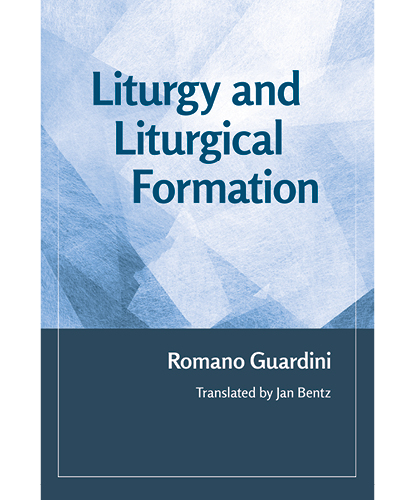
 Back
Back
